Free Training & Career Tips... Subscribe to Get Weekly Career Tips

By Subscribing You are Agreeing to Terms and Conditions
There is no doubt that today’s workplace bears little resemblance to how the workplace was structured only a few decades ago. In fact, it is vastly different from what it used to be just a few years back. Looking back through history in terms of how the workplace has evolved into what we have today is indeed fascinating.
Evidence points to the fact that the first offices were founded in Ancient Rome. Yet it wasn’t until the 18th Century that dedicated office buildings were established. The first office, known as the Old Admiralty Building, was created in London, and was built to cater for the volume of paperwork generated by the Navy across the British Empire. Subsequently, the advantages of creating a workspace where many people were all in one place was soon recognised and the East India House, which was the office from which the East India Trading Company was managed, was soon built. These premises housed employees and stored huge amounts of paperwork.
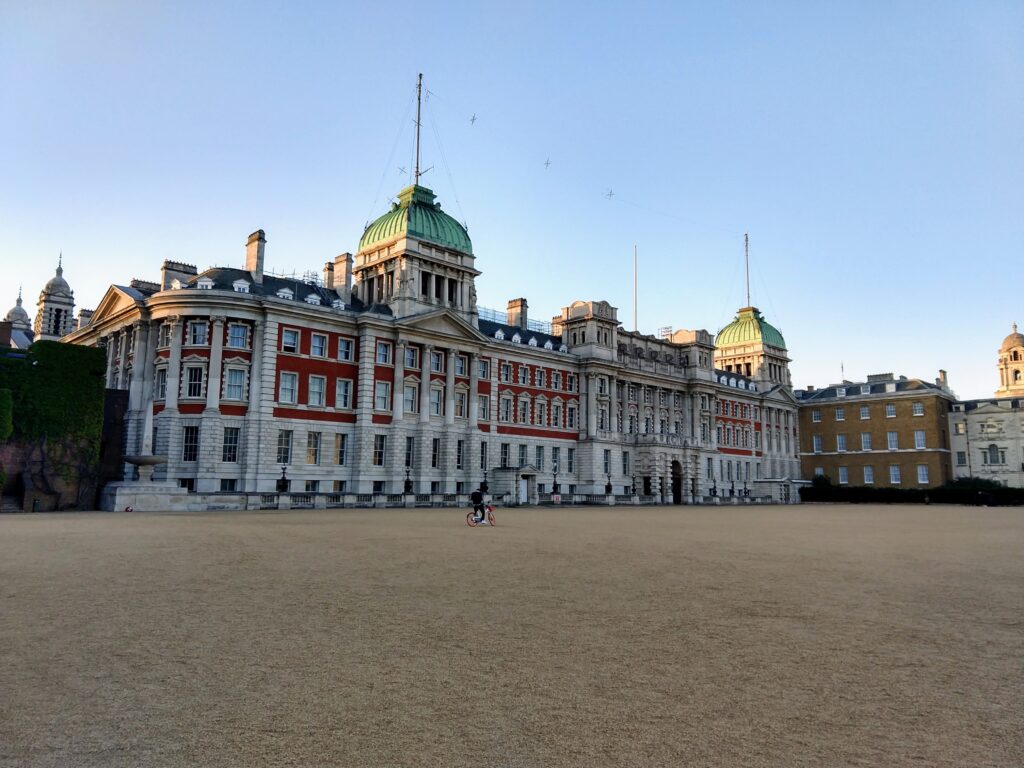
During this period, the bosses who ran the businesses were the only people who would work together in the office. But, throughout the 19th Century and into the turn of the 20th Century, as businesses started to grow and flourish and more employees were hired, open-plan offices became the norm. This workplace style was configured as rows of people sitting at desks in straight lines. Cubicles hadn’t yet been invented which meant that bosses tended to march up and down the floor, while continually monitoring what people were doing. For most employees, this was more than likely a nerve wrecking experience. Whether this work style was truly effective is debatable. Since, bosses sought their pound of flesh from every employee, didn’t allow employees to speak or engage with one another and the hours of work were excessively high. A huge contrast to the workplace of today where the focus is more on collaboration, connectivity and, of course, employee mental health and wellness in the workplace.
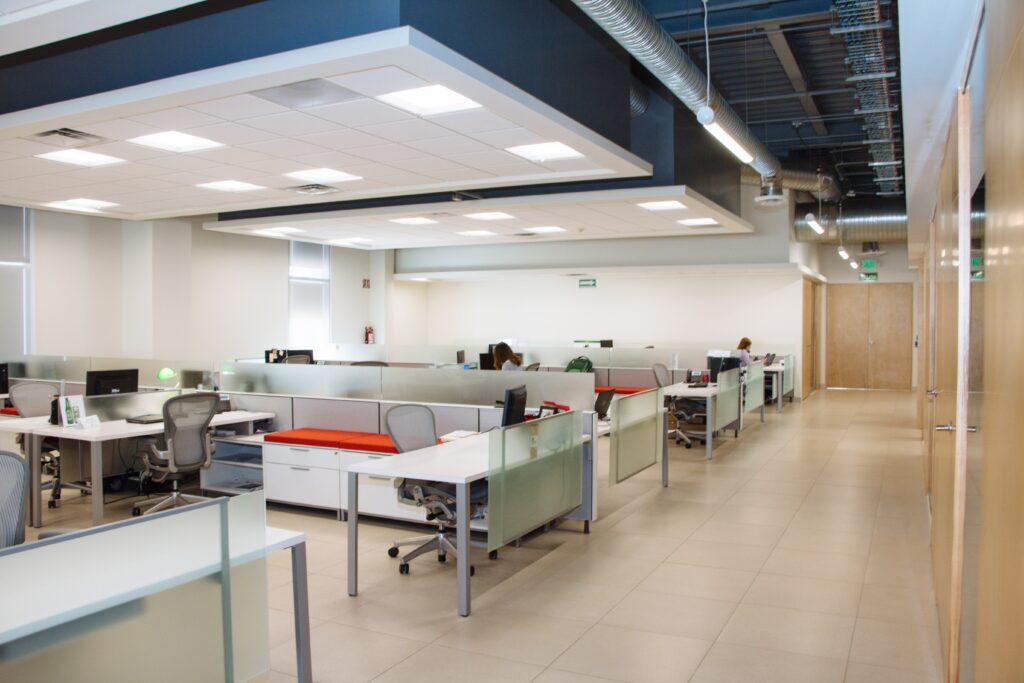
Technological inventions such as electricity, air conditioning systems and elevators enabled the first skyscraper buildings to be constructed in London and other cities across the USA. As more skyscrapers were built, more offices were built and equipped with private offices, open-plan offices, canteens and boardrooms. Certain offices were built with better acoustics and a warmer environment for the purpose of increasing productivity levels by making employees feel more comfortable. Interestingly, at the start of World War 2, many offices either closed down or changed focus as many men went to war and the workplace became more female-dominated.
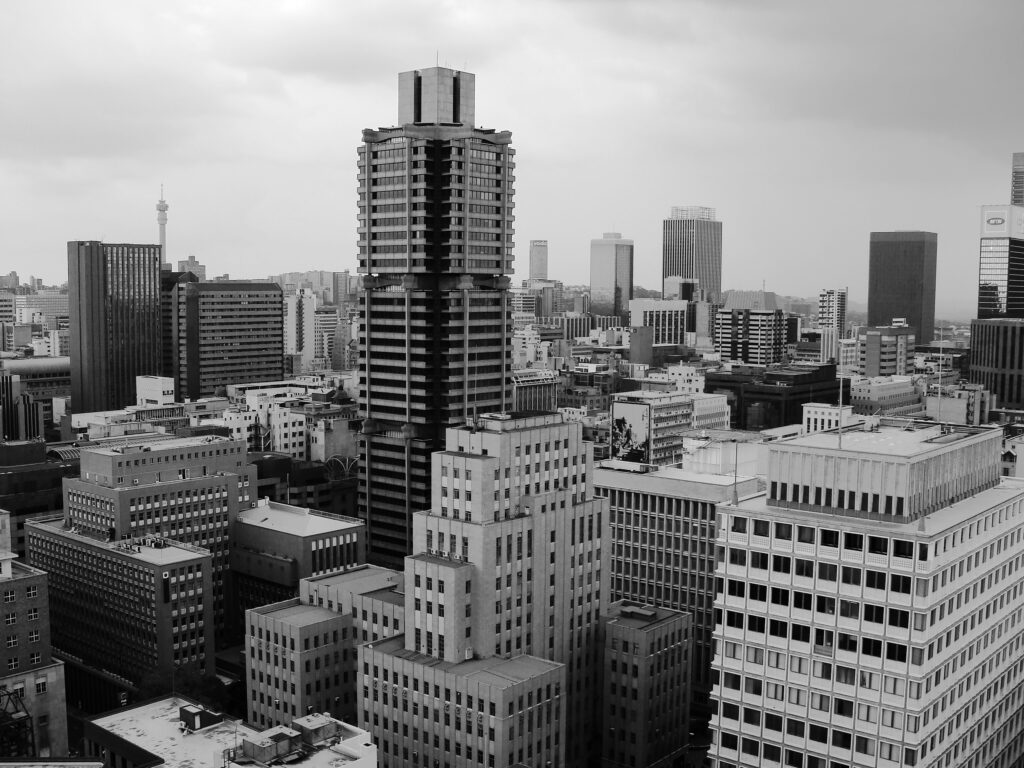
The next phase of development was in the 1950s and 1960s, when the structure of the workplace really started to take shape and offices were built that resemble what we have today. Along with this the concept of Burolandschaft, which literally translates into ‘office landscape’ was introduced in Germany in 1958 by two brothers, Wolfgang and Eberhard Schnelle,who founded the Quickborner consulting group. Upon founding Quickborner as a space planning firm, the brothers soon became interested in office space. They regarded the current status quo that consisted of uninspired rows of desks and a stringent office hierarchy as an opportunity for change. They were intent upon creating a system whereby the focus is on the individual. Hence, they rebelled against the harsh grid of desks and corridors and instead replaced it with a more natural setting where employees could interact with one another and share ideas. This was the first step towards creating a culture of workplace collaboration which has become a hugely important factor in the operation of the workplace of today. Burolandschaft then spread across northern Europe and eventually rolled into other parts of the world.
In the 1960s cities including the likes of London started to rapidly expand and it became common practice to work in an office. At that time, computers were still a rarity and instead employees worked by hand and used a typewriter. It wasn’t until the 1980s that most employees had their own desktop computer which was anbulky, cumbersome machine. The 1980s also saw the introduction of the office cubicle or ‘cube farm’ whereby employees were separated by partitions that were squared off into a cube-like layout. By the 1990s, individuals worldwide were working in offices, and as the Internet started to gain traction, business expanded globally into what we know today as the ‘global village’. But, it wasn’t until the 2000s when people began using laptops, that the trend of being able to work anytime anywhere, became popular as people spent more time out of the office and hence, started to work from home.
Two decades into the 21st Century and the office is undergoing a digital transformation. And with the advent of the Covid-19 Pandemic remote work is becoming the norm in what is being referred to as the New World of Work. This shift is thanks to modern technology, which enables people to work remotely and become possibly more productive than they would working from the confines of an office.
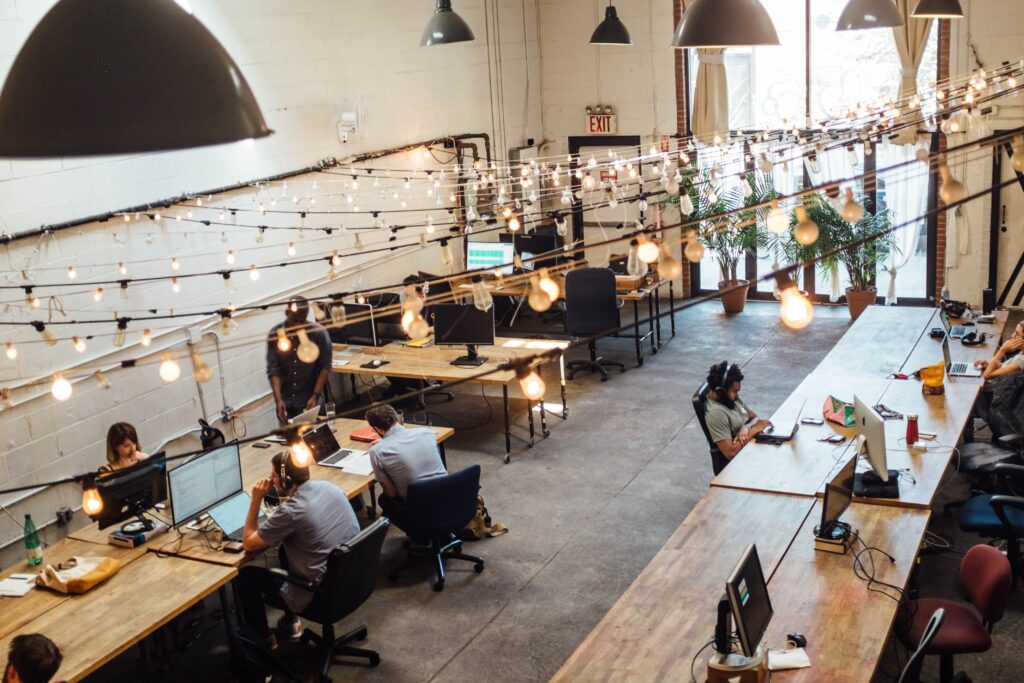
The workplace of today is no longer about the physical workplace but is instead more concerned with online connections, working in home offices and even from cafes and coffee shops. Working in this manner is also referred to as the ‘Mobile Office’. While the emphasis is focussed on collaboration, with technology, employees can remain connected online. The benefits to working remotely are far reaching. From improved mental health, increased productivity levels to flexible work schedules, working remotely enables people to achieve a greater work-life balance since employees can tailor their work commitments around their life or their life responsibilities around their work.
Working remotely became part of the ‘New Normal’ during the Pandemic enforced lockdowns, when all but key workers who had no option but to be ‘on site’ mainly worked from home. But, in 2021, as the severity of the disease started to abate, many employees made their way back into the office. However, this has led to the trend of hybrid working which finds employees working in the office on certain days of the week and working remotely at other times, as and when appropriate.
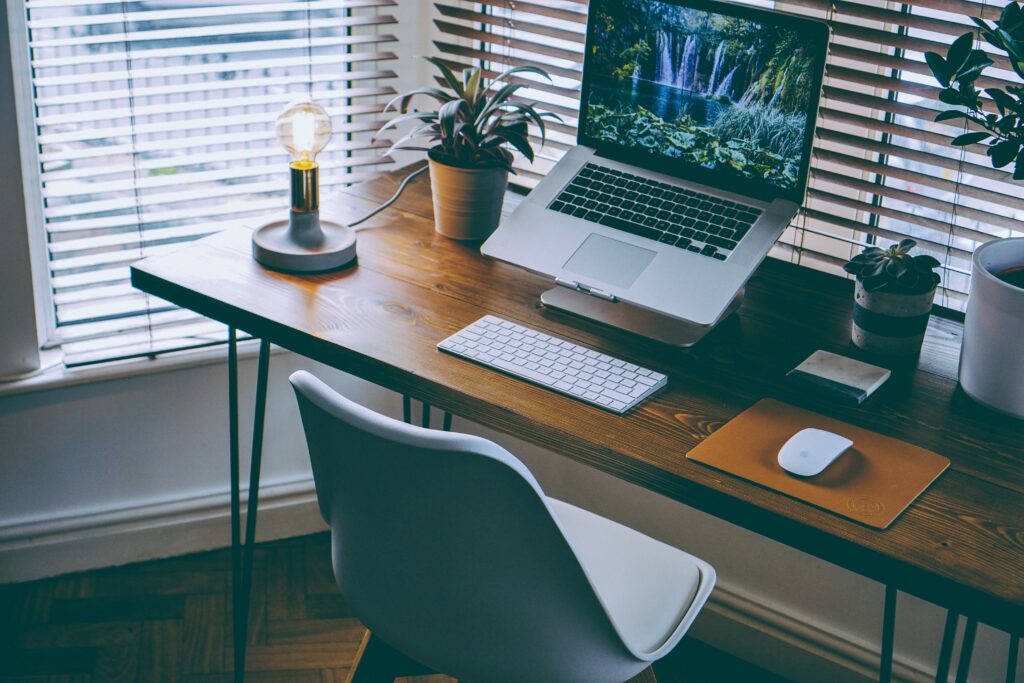
As far as the future of work and the workplace is concerned, the trends are similar to those that are emerging today but more exaggerated in certain areas. While there are many predictions around how the workplace will continue to evolve, the consensus agreement is that remote work is here to stay. Yet, technology will dictate the pace as well as the nature of what will evolve and how human beings will adapt. So, what can we expect to happen beyond 2022? Here is what is on the cards:
While Artificial Intelligence (AI) will certainly lead the way as far as the evolution of technology is concerned, automating systems and helping humans to fulfil mundane tasks, many people are naturally concerned that they may lose their job in favour of a robot. Yet, when the right forms of AI are effectively deployed, this frees up time for people to focus more on creativity and critical thinking, which according to the World Economic Forum (WEF) Future of Jobs Report 2020, are the top skills required in the New World of Work.
As we move into the workplace of the future, with more people working from home on more flexible schedules, leaders and business owners the world over are gearing up to learn how to effectively manage remote employees to maintain productivity and instil company culture, vision and values.
Encouraging equality and rallying in favour of workplace diversity is expected to be high on the agenda in the New World of Work. This means that more and more businesses will be required to introduce anti-discrimination policies that employees will naturally embrace in becoming truly global citizens.
There remains no doubt that the workplace of today bears little if any resemblance at all to the workplace of 250 years ago. Yet, what is even more staggering is that the workplace of only 20 years ago bears little resemblance to today’s New World of Work.
Reference sources: Avocor.com|Wikipedia
Copyright text 2024 by Business Optimization Training Institute.